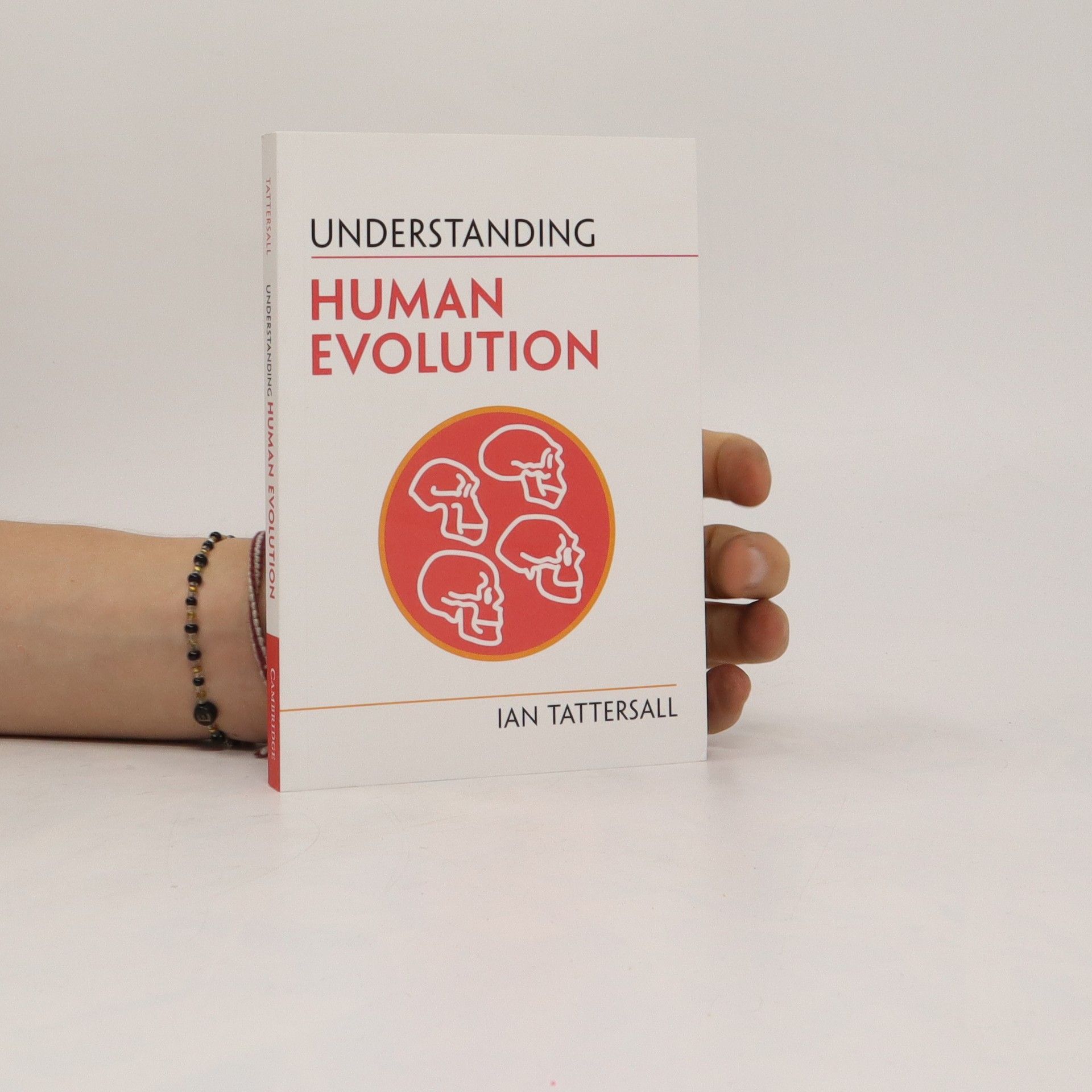The Myths of Human Evolution
- 212pagine
- 8 ore di lettura






Human life, and how we came to be, is one of the greatest scientific and philosophical questions of our time. This compact and accessible book presents a modern view of human evolution. Written by a leading authority, it lucidly and engagingly explains not only the evolutionary process, but the technologies currently used to unravel the evolutionary past and emergence of Homo sapiens. By separating the history of palaeoanthropology from current interpretation of the human fossil record, it lays numerous misconceptions to rest, and demonstrates that human evolution has been far from the linear struggle from primitiveness to perfection that we've been led to believe. It also presents a coherent scenario for how Homo sapiens contrived to cross a formidable cognitive barrier to become an extraordinary and unprecedented thinking creature. Elegantly illustrated, Understanding Human Evolution is for anyone interested in the complex and tangled story of how we came to be.
What happens now that human population has outpaced biological natural selection? Two leading scientists reveal how we became who we are--and what we might become
An enthralling exploration of the most audacious and underhanded deceptions in the history of mankind, from sacred relics to financial schemes to fake art, music, and identities.
A captivating survey of the science of wine and winemaking for anyone who has ever wondered about the magic of the fermented grape An excellent bottle of wine can be the spark that inspires a brainstorming session. Such was the case for Ian Tattersall and Rob DeSalle, scientists who frequently collaborate on book and museum exhibition projects. When the conversation turned to wine one evening, it almost inevitably led the two--one a palaeoanthropologist, the other a molecular biologist--to begin exploring the many intersections between science and wine. This book presents their fascinating, freewheeling answers to the question "What can science tell us about wine?" And vice versa. Conversational and accessible to everyone, this colorfully illustrated book embraces almost every imaginable area of the sciences, from microbiology and ecology (for an understanding of what creates this complex beverage) to physiology and neurobiology (for insight into the effects of wine on the mind and body). The authors draw on physics, chemistry, biochemistry, evolution, and climatology, and they expand the discussion to include insights from anthropology, primatology, entomology, Neolithic archaeology, and even classical history. The resulting volume is indispensible for anyone who wishes to appreciate wine to its fullest.
50,000 years ago - merely a blip in evolutionary time - our Homo sapiens ancestors were competing for existence with several other human species. Yet something about our species separated it from the pack, and led to its survival while the rest became extinct. So just what was it that allowed Homo sapiens to become Masters of the Planet?
The Fossil Trail is a history of paleoanthropological thought and discovery. Ian Tattersall's account of the study of human evolution offers a colorful history of fossil discoveries and a revealing insider's look at how these finds have been interpreted - and misinterpreted - through time. Thesecond edition of The Fossil Trail brings the text up-to-date with a look at what has happened in paleoanthropology in the thirteen years since the publication of the first edition. Through it all, Tattersall discusses the great researchers and discoveries within the context of their social andscientific milieu to reveal the many forces that shape how we interpret fossil findings, and to give a picture of what lies ahead for the field.
Exploring human origins captivates readers through a blend of science, anthropology, and history. This book delves into the evolutionary journey of humanity, examining how our ancestors adapted and thrived in diverse environments. It highlights significant discoveries and theories that have shaped our understanding of where we come from. By intertwining narratives of early humans with contemporary insights, the book offers a compelling look at the biological and cultural developments that define our species today.